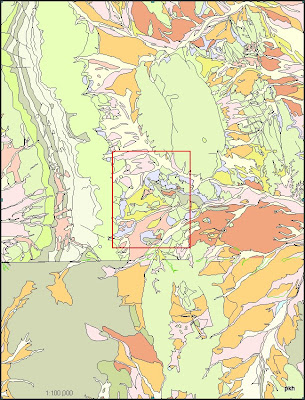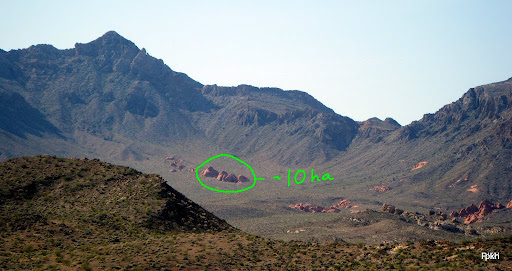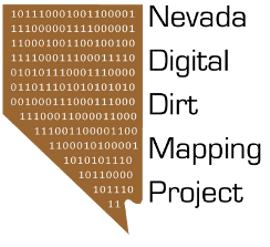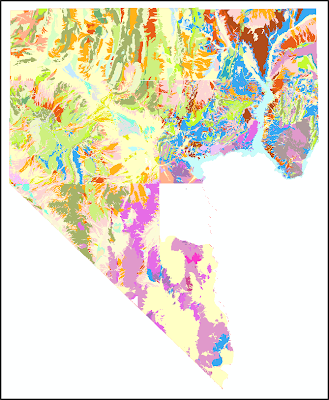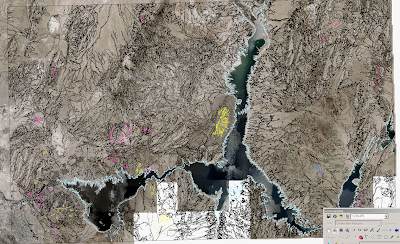It took a great deal of experimentation to get the final data sets merged and ready to work with. Below are the steps we used to do this.
Downloaded original data.
Checked projection. Is it defined? If not, define it (define projection tool).
Several data sets were in UTM NAD 27. Our final map will be in UTM NAD 83. So, re-projected NAD 27 data sets to NAD 83 (project tool).
Where data extends beyond the county, we clipped it (clip tool). Where data sets overlap, we chose to keep the larger-scale data and clipped the smaller-scale data to it.
Imported the data sets into an sde, creating line and poly feature classes for each map.
Attributes: To each line feature class, we added attribute fields named CC_ltype, orig_OID, orig_ltype, and source. To each polygon feature class, we added attribute fields named CC_surf, CC_rox, orig_OID, orig_unit, and source. Orig_OID, orig_ltype, and orig_unit were populated from the original data as a way to preserve and refer to the original data. CC_surf was populated based on unit correlations. All attribute fields besides the ones listed above were deleted.
All of the line feature classes were then merged into one line feature class, and all polygon feature classes into one polygon feature class. The merge tool is pretty straight forward, but behaves in ways I can’t claim to fully understand. Even though all the data sets had the same attribute fields, the merge tool appears to be picky as to the order in which you add data sets that you want to merge. For example, I was unable to merge all of the data sets at one time. I had to merge smaller groups of data sets and then merge the merged groups. I’m not sure why, but it worked.
We are now ready to start adding our own lines and modifying the existing data if needed!

